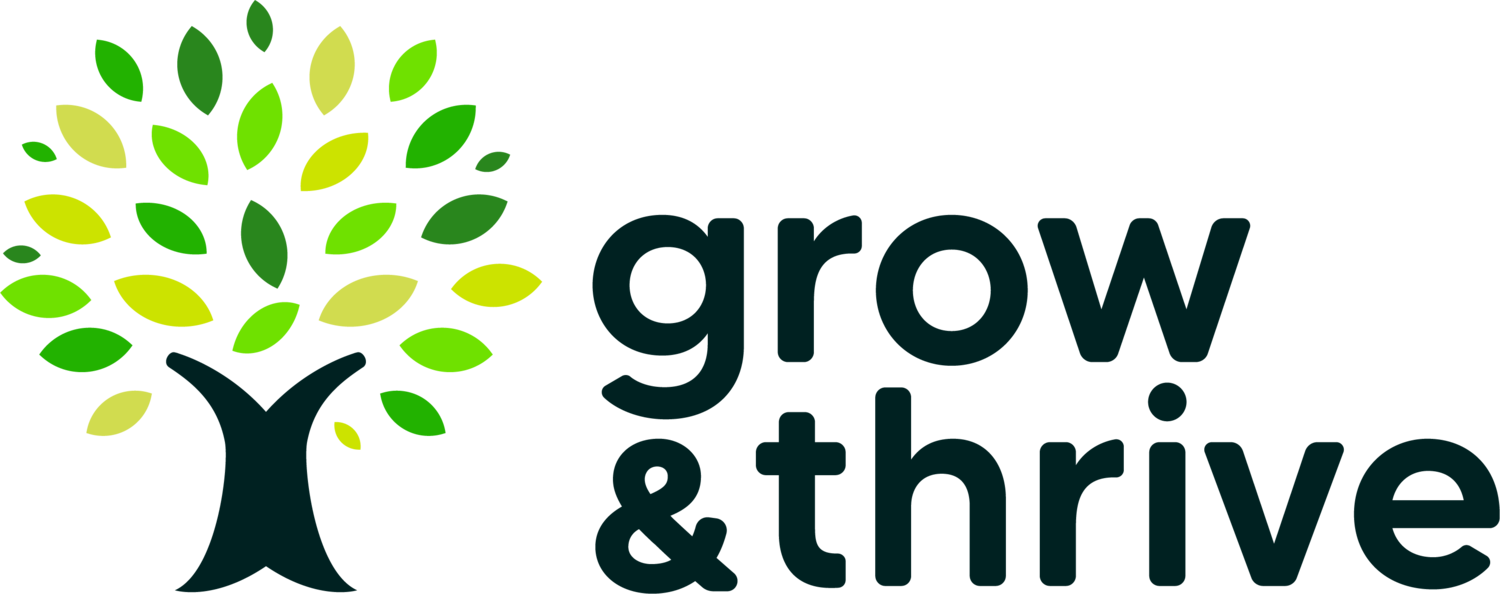Mindful Moments (Guest blog)
I love books. I love reading them, touching them, yes even smelling them (new ones that is.) In fact, I love them so much, I’ve even written one. When I go into a book shop or a library, I feel like I’ve entered a sanctified space and want nothing more than to be able to inhale deeply and absorb every single word from every single book into my very being.
One of my greatest joys of the festive season is the giving and receiving of books; the transfer of thoughts and ideas between friends and family, the “I-saw-this-and-thought- of-you” moment. Like many this year, I was given (and gave) a copy of the surprise bestseller “The Boy, the Mole, the Fox and the Horse” by Charlie Mackesy. It’s a thing of great beauty. Hardback, with lovely thick paper. It smells good too. The illustrations are simple pen and ink, reminiscent of a by-gone era of Winnie the Pooh before Disney got hold of him. The words are simple too, and spare, yet seem to have touched a spot in our collective hearts, resonating with our need for kindness and reflecting our innermost hopes and fears back to us.
As I sat up in bed on the night of Christmas Day, thumbing my way through this gem of a book, one page grabbed my attention. This one:
From "The boy, the fox, the mole and the horse" by Charlie Mackesy
The power of words. I was instantly transported back three years to the beginning of our quest for a diagnosis for our then 8-year old daughter. Things were fraught, Her mental health was suffering, mine too. The mere mention of the word autism had sent our family into a tailspin, the rules for life that we had thought to be set hard and fast were no longer ours. They belonged to other families.
Desperate to re-write our story, to understand our new world and our daughter I did what so many parents do, I immersed myself in everything autism. I sped-read my way through at least a dozen books in the first month trying to get to grips with what it all meant, now and for the future. I was looking for answers but instead I tied myself in knots, overwhelmed by an information-overload.
Thankfully, around the same time, I had a light-bulb moment in amongst the madness, took stock of my highly anxious state and took up a friend’s offer to attend a course in mindfulness. I cannot lie, the main attraction initially was to simply get out of the house for a couple of hours each Tuesday evening. To learn how to breathe again.
But over those first 8 weeks, I began to see how this simple (and ancient) way of being was allowing me to better manage my own fears and worries, to reduce the frantic activity of my over-analytical mind and allow me to just be with some pretty uncomfortable feelings. It allowed me to be vulnerable and imperfect, not the person I thought I had to be, the one with all the answers to all the questions, all of the time. It let me realise that I had a choice in how I react to things and, just like the boy and the mole said, that feeling of choice brought with it a huge sense of freedom. It was like someone had given me a giant torch and a pause button all at the same time – the torch helping me to see, the pause button creating space in which I could see it.
Not to sound too over-zealous but mindfulness worked and continues to do so. Yes, I kept on reading the books on autism but I also started to just be more, to observe, to slow down and to choose to how I reacted to the challenging stuff.
Most important of all, mindfulness helped me to accept my daughter for who she really is, rather than simply looking for all the answers in books. That sense of clarity allowed me to realise that not all that I read related to her or to us and to see more clearly the bits that did. It also helped us to build a more compassionate and stronger family.
Over the years, mindfulness has become my friend, my daily ritual. It’s also become one of my jobs, teaching mindfulness to children and. occasionally when it’s the right thing to do, my daughter. It’s no great surprise that autistic kids and young adults respond really well to mindfulness, as do children with other neurodiversities such as ADHD / ADD and those with high anxiety. In fact, all kids and young adults respond well to mindfulness which is why we’re now seeing it creeping (thankfully) into our educational systems. When taught well, mindfulness can improve the mental, emotional, social and physical health and well-being of all our young people.
Nowadays, I continue to read and to absorb. Books on autism, books on mindfulness, and books for the sheer enjoyment of reading. But I also spend a lot more time just being and listening to what is unfolding right in front of me. After all, it is in these mindful moments that we find the truth in the story of our lives.
Jane Evans was our Guest Writer. Jane is based in Edinburgh, Scotland and runs mindfulness classes through @beablueflamingo.

